In the culinary world, the term chestnut refers to an edible nut that grows from certain species of trees and shrubs found in the less extreme areas of the northern hemisphere. With a distinct and earthy taste, chestnuts are often used as garnishes or even as spreads in most countries that they are available1.
Because of their relative unpopularity in areas such as Asia or South America, many citizens of these countries have yet to taste the particular flavor of chestnuts, and as such often ask the question of what they taste like.
While the outer shell and skin of the nut are unpleasant to eat and partially inedible, the actual chestnut itself per se is described as nutty, with a note of decadent sweetness not unlike that of a hazelnut or roasted almond. Chestnut’s particular flavor is unmistakable once one has discovered it, however, and it is quite difficult to replace in most dishes that call for it.
What do Chestnuts Look Like?
Like many other edible nuts, chestnuts come with an outer shell that is largely hard to the touch and difficult to eat. Unlike other nuts however, chestnuts do not present the same elongated oval shape that the majority of edible nuts do.
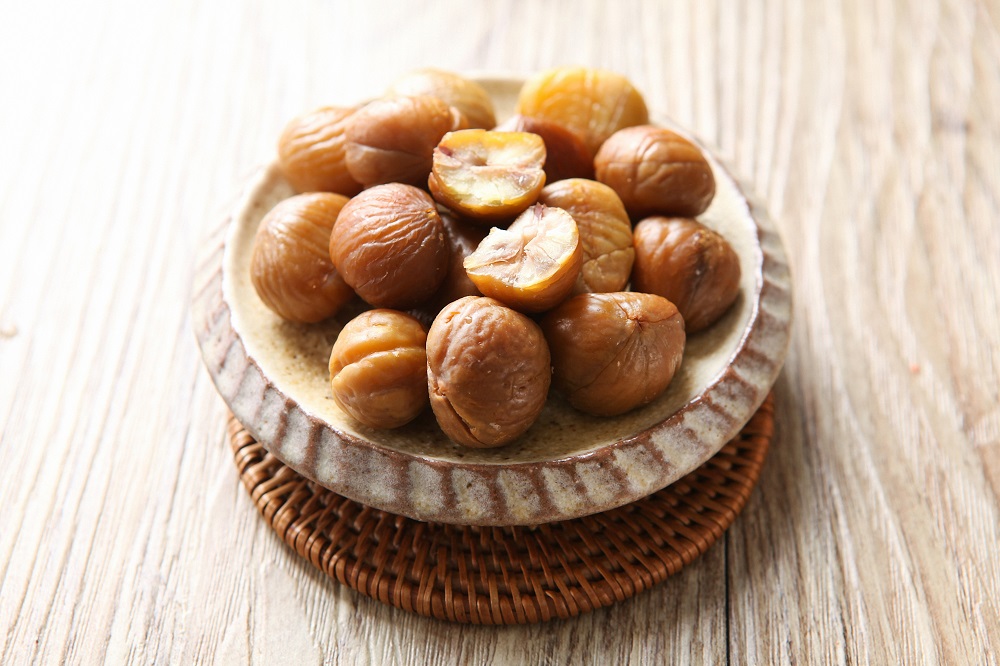
Instead, chestnuts are shaped much like spinning tops, where a fine point leads to a flat and circular body. Shiny and brown in color, chestnuts are also encased in a wrinkled yellow shell similar to that of a walnut prior to deshelling.
When split open, chestnuts have a slightly softer yellow flesh that releases a fragrant oil when subjected to pressure.
Can Raw Chestnuts be Eaten?
Raw chestnuts are entirely safe for human consumption provided that they are of the edible variety and not the inedible species of chestnuts that present a similar appearance and grow in much the same type of way that their edible counterparts do.
These inedible chestnuts, dubbed “horse chestnuts”, are best differentiated from edible chestnuts by their husk, of which will present wispy hair-like growths unlike the husks of edible chestnuts.
If your chestnuts have already had their husks removed but their exact species or origin are in question, it is best to dispose of them instead of attempting to taste them, as even small amounts of the toxic compounds in horse chestnuts can cause serious gastrointestinal issues2.
Do Chestnuts Taste Like Hazelnuts?
While the earthy nuttiness of chestnuts is often compared to that of a hazelnut, they are in fact quite different when one examines the entirety of each nut’s flavor profile. Chestnuts, especially when subjected to the Maillard effect from roasting, are much sweeter than hazelnuts, more akin to a sweet potato or yam than any other form of nut.
This is further compounded by the slightly aromatic after-taste of chestnuts, of which is brought out by the heat from roasting or baking.
This flavor works best when creating a chestnut spread or other forms of chestnut that require grinding and mashing them, as the maceration process brings out the lipid compounds responsible for the aromatic taste.
What does Spoiled Chestnut Taste Like?
Like all forms of organic food, chestnuts are susceptible to spoilage over time either from environmental factors that degrade their quality or due to bacteria and fungi that colonize them at a cellular level.
This is accelerated once the chestnuts have been removed from their protective layering of husks and shell, exposing their inner nut to the open air and microbial life.
While chestnuts certainly have a change of taste when they have already spoiled, it should be immediately obvious even before tasting them whether they have gone bad or not.
A tell-tale hardening of the inner flesh of the chestnut as well as a floury or otherwise flaky outer layer are all signs that the chestnut is beyond its best-by date and is most likely unsafe to eat.
However, in the unlikely event that the chestnut does not present this appearance or they have been altered in a way that it is hard to tell whether they are spoiled or not, a chestnut that has gone bad will taste sour and quite rancid owing to the high fat content it possesses.
What Foods Pair Well with Chestnuts?
Chestnuts are a highly versatile ingredient that pair well with a multitude of different foodstuffs and cuisines, both savory and sweet in flavor.
On the savory side of things, chestnuts are said to complement ingredients such as mushrooms, carrots and rosemary, all of which share the aromatic and earthy flavors that characterize chestnuts so well. Apart from these vegetables and herbs, the ideal meat pairing for chestnuts is the sweet and fatty pork.
Chestnuts can also be used quite well in sweet dishes owing to their signature nutty cloyingness. Paired with fruits like apples and pears, the acidic juices of these fruits can pair perfectly with the somewhat powdery texture of roasted chestnuts.
Apart from fruit, chestnuts are also excellent when coated or mixed into chocolate, especially that of the milk variety. Spices such as cinnamon and cardamom further complement their unique flavor as well.
What Cooking Method Brings Out the Best Flavor in Chestnuts?
While chestnuts on their own already pack a mouthful of flavor, cooking them in the appropriate manner can bring their splendid taste to new heights, especially if paired with the right ingredients.
Depending on your particular dish or purpose for the chestnuts, you may roast them in order to create a flour-like nut powder, boil or steam stem in order to puree the nuts into a spread, or even suspend them in syrup to both flavor the syrup and inject a decadent sweetness into the chestnuts, essentially turning them into candy.
References
1. Nixon, Kevin C. (1997). “Castanea”. In Flora of North America Editorial Committee (ed.). Flora of North America North of Mexico (FNA). 3. New York and Oxford – via eFloras.org, Missouri Botanical Garden, St. Louis, MO & Harvard University Herbaria, Cambridge, MA.
2. Brouillet L, Desmet P, Coursol F, Meades SJ, Favreau M, Anions M, Bélisle P, Gendreau C, Shorthouse D, et al. “Aesculus hippocastanum Linnaeus”. data.canadensys.net. Database of Vascular Plants of Canada (VASCAN).

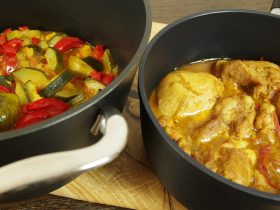
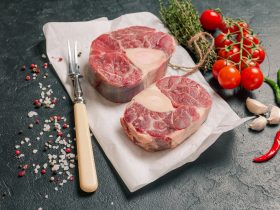
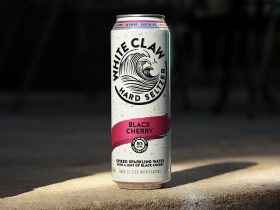
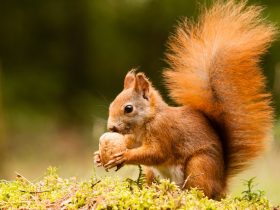
Hi, I'm Dom
Dom Eats was started to help other people fall in love with food. While cooking can feel intimidating, it doesn't have to be.